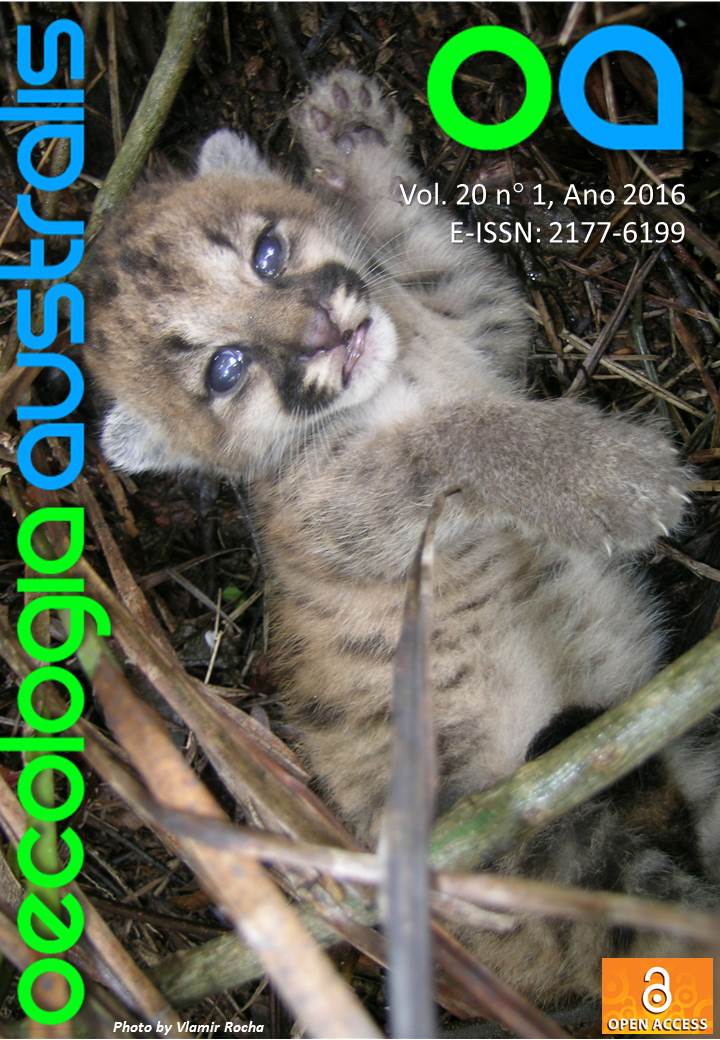MONTAGEM DE COMUNIDADES: CONCEITOS, DOMÍNIO E ESTRUTURA TEÓRICA
DOI:
https://doi.org/10.4257/oeco.2016.2001.01Keywords:
abiotic filter, assembly rules, competitive exclusion, ecological theory, neutral theoryAbstract
COMMUNITY ASSEMBLY: CONCEPTS, DOMAIN AND THEORETICAL STRUCTURE
Community assembly refers to any ecological process that operates to select species from a regional pool and put them together in local communities. Initially, Diamond (1975) proposed a community assembly model based on rules explaining the checkerboard distribution of co-occurring bird species in New Guinea archipelago. By that time, the assembly rules proposed interspecific competition as the only plausible explanation for the patterns observed. However, the lack of testable predictions, inappropriate statistical analyses and, mainly, the absence of alternative hypotheses have represented an obstacle for the theory development. With the introduction of phylogenetic/functional analyses in community studies, a meaningful increase of published papers on community assembly has been noticed, mainly due to the development of models providing more predictive power to assembly processes. Hence, we decided to elaborate a critical review about the conceptual progress in the community assembly theory. We point out that a) the community assembly theory has enhanced its predictive power when it became to be associated with solid statistics; b) the hypothesis test by null models has been reinforced as a consistent data analysis method applied in many studies; and c) the neutral theory has been used as a satisfactory alternative to the coexistence hypothesis by deterministic niche-based processes. However, the community assembly theory is not fully mature yet but has a high potential of near-future development, mainly through the consolidation of its conceptual base. We hope that our review can help in this development by systematizing the community assembly theory and clarifying some misunderstood and/or so-far poorly applied concepts.


